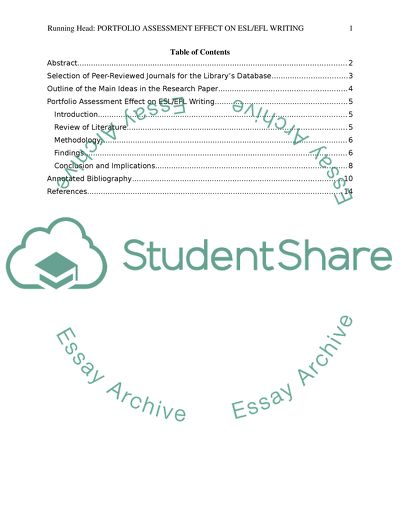Cite this document
(“Course: Second Language Teaching/Research Project (Research project) Essay”, n.d.)
Retrieved from https://studentshare.org/english/1458628-course-second-language-teaching-research-project
Retrieved from https://studentshare.org/english/1458628-course-second-language-teaching-research-project
(Course: Second Language Teaching/Research Project (Research Project) Essay)
https://studentshare.org/english/1458628-course-second-language-teaching-research-project.
https://studentshare.org/english/1458628-course-second-language-teaching-research-project.
“Course: Second Language Teaching/Research Project (Research Project) Essay”, n.d. https://studentshare.org/english/1458628-course-second-language-teaching-research-project.


